12 Jan, 2023
Selenium (Se) is an essential trace element that has a large number of biological functions for human and animals. Dietary supplemental Se has been shown to positively affect the growth performance, antioxidation and immune function of different animals. Se is a critical component of the Se-containing proteins or enzymes such as glutathione peroxidase (GSH-Px), which plays an important role in the antioxidative protective system. Interestingly, more than half of the known seleno-proteins are directly or indirectly involved in antioxidant defenses and maintaining redox balance in the cell. This explains the role of Se in animal health, including gut health, immune system regulation, meat quality, milk quality and so on.
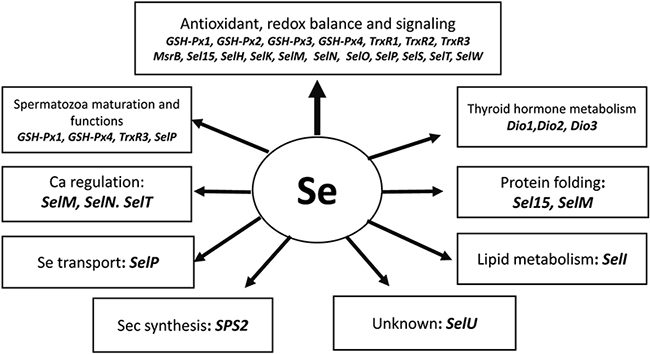
Fig 1 Established and suggested selenoprotein functions (Peter F. Surai et al., 2018).
The inorganic sodium selenite and organic Se yeast are commonly-used Se sources in the feed industry, meanwhile some chemosynthetic seleno-methionine (SeMet) or seleno-methionine hydroxyl analogues (OH-SeMet) have also appeared recently as well as some other kinds of selenium resources. Some study has reported that true organic Se sources include Se-enriched yeast (Se-yeast), SeMet, and OH-SeMet, while Se chelates, glycinates, and proteinates should not be included into this category of supplements.

Table 1 Sources of organic Se available on the market
Note: * As only SeMet can be non-specifically incorporated into proteins in measurable amounts, it is an active component of organic Se sources.
So, what’s the main differences between selenium yeast and Se-Met or OH-SeMet which might be the most popular organic selenium, we can have an in-depth understanding from the following aspects:
1. Selenium and the forms
Yeast selenium is a natural product obtained by biological fermentation. The organic selenium content is not less than 98%. The forms of selenium include selenomethionine, selenocysteine, selenocysteine, MeSeCys, SeBet, etc.
Se-Met or OH-SeMet are products synthesized by chemical industry. Selenium exists in the form of selenomethionine or selenomethionine hydroxyl analogues. Meanwhile, in order to produce products with different gradient total selenium content, dilute is often done by using a carrier such as stone powder.
2. Metabolism of Selenium
SeMet in selenium yeast mainly integrated into the body’s protein, some of them translated into H2Se, which could synthesize functional selenoprotein then play the antioxidant effect of selenium; Other forms of selenium including Selenocystine, Selenocysteine, MeSeCys, SeBet and so on were used for synthesizing functional selenoprotein which could exhibit antioxidant activities. In conclusion, the forms of organic selenium in selenium yeast were more reasonable, while the function of anti-oxidation and selenium storage were combined.
On the other hand, HMSeBA and Se-OH-Met need to be transformed into SeMet through two steps of reaction including dehydroxylation and transamination, then have a function of the body. Mostly, SeMet were mainly stored in the protein tissue, which means only very little could synthesize functional selenoprotein. In one word, most of selenium in HMSeBA or Se-OH-Met were used for storage, that means they were weak for anti-oxidant functions. So the product was focused on the deposition advantage for promotion.
3. Physiological effects for animals
Angel Yeast has done an experiment for exploring the effects of selenium yeast (YeaSel, commercial product for selenium yeast from Angel yeast Co., LTD) on laying hens were compared with inorganic selenium (control), seleno-methionine (Se-Met) and seleno-methionine hydroxyl analogue (OH-SeMet). The animal trial last 12 weeks.
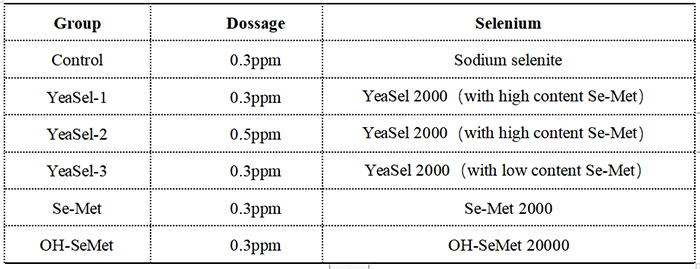
Table 2 Test design for the different selenium resources
3.1 Effects of different selenium on growth performance for laying hens
The laying rate of supplemented with yeast selenium group with high content seleno-methionine was significantly higher than that of other groups (P < 0.05), and the ratio of feed to egg was also lower than that of other groups, but the difference was not significant; The unqualified egg rate of yeast selenium groups and Se-Met group were significantly lower than that of control group and OH-SeMet group (P < 0.05).

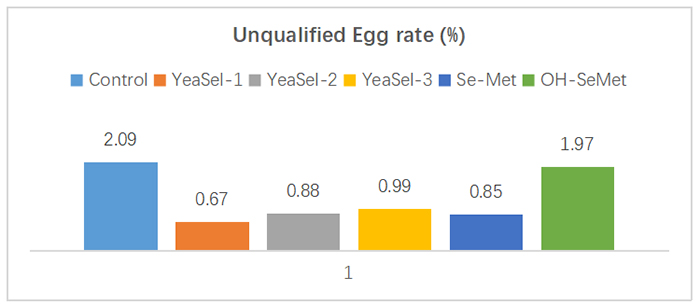
Fig 3 Effects of different selenium on growth performance for laying hens
3.2 Effects of different selenium on antioxidant function for laying hens
The test results of serum antioxidant indexes showed that organic selenium could significantly increase the antioxidant capacity of laying hens (P < 0.05). At the same supplemental level (0.3ppm), the antioxidant effect of selenium yeast with high content of seleno-methionine (YeaSel 1 group) was better than that of other organic selenium. The results of muscle antioxidant were same with the serum.
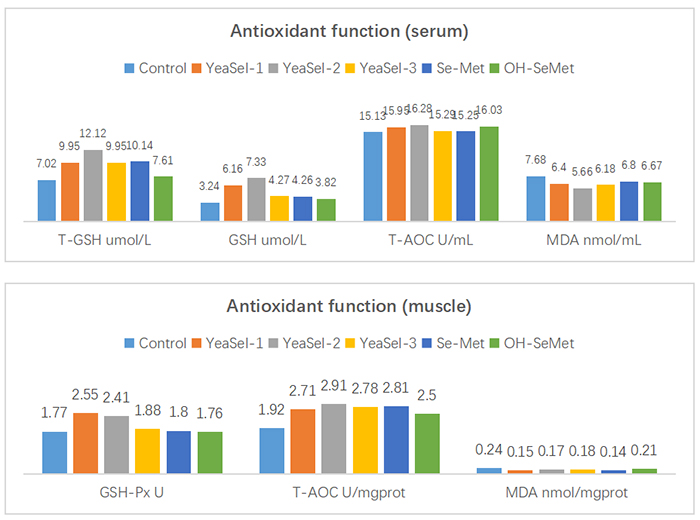
Fig 4 Effects of different selenium on antioxidant function for laying hens
3.3 Effects of different selenium on Se-deposition for laying hens
The results of selenium deposition in muscle and liver of laying hens slaughtered at 12 weeks showed that the organic selenium deposition in laying hens was significantly increased (P < 0.05). The content of Se in liver of each group was significantly higher than that in chest muscle, indicating that Se was more easily deposited in liver. At the same organic selenium supplemental level (0.3ppm), the deposition efficiency of Se-Met and OH-SeMet was higher than that of yeast selenium, and there was no significant difference in breast muscle (P > 0.05), but significant difference in liver (P < 0.05). While, the selenium deposition in eggs at different time points showed that the organic selenium deposition in eggs was significantly increased (P < 0.05). At the same organic selenium supplemental level (0.3ppm), there was no significant difference in egg deposition among all organic selenium groups.
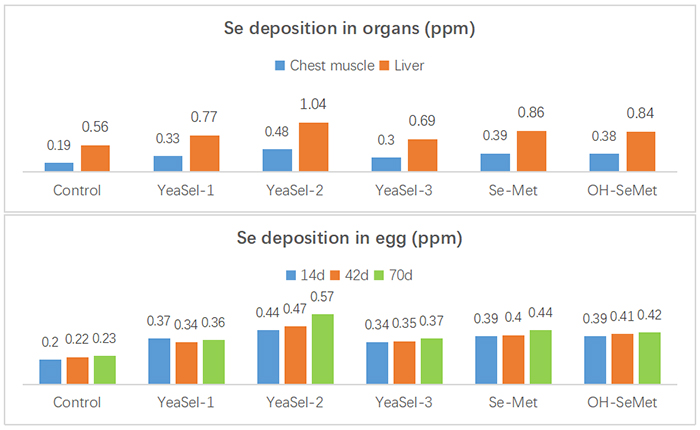
Fig 5 Effects of different selenium on Se-deposition for laying hens
3.4 Effects of different selenium on apparent digestibility for laying hens
The nutrient and mineral element apparent digestibility of laying hens in the whole experiment period showed that compared with the control group, the organic selenium group had a trend of increasing nutrient apparent digestibility and utilization. Organic selenium significantly increased the apparent digestibility and availability of selenium (P < 0.05). At the same organic selenium supplemental level (0.3ppm), the apparent digestibility of selenium in yeast selenium group was significantly higher than that in OH-SeMet group (P < 0.05).

Fig 6 Effects of different selenium on apparent digestibility for laying hens
3.5 Effects of different selenium on haugh unit of egg in shelf life for laying hens
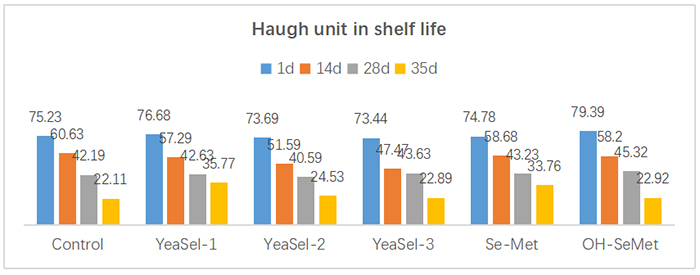
Fig 7 Effects of different selenium on haugh unit of egg in shelf life for laying hens
4. Safety and stability
SeMet is more unstable than Met because selenium is more unstable than sulphur, so SeMet analogues is degraded easily in transportation and storage. But SeMet in Selenium yeast is protected well in yeast. Meanwhile, SeMet analogues(HMSeBA)was regarded as eye and skin irritant, inhalation exposure poses a hazard to users. But SeMet in Selenium yeast is safe for users.
YeaSel, as a recognized source of organic selenium for animals, produced by submerged fermentation of Saccharomyces cerevisiae in selenium-enriched media, which has better effects for antioxidation to relieve the stress for different animals.
 | Published by Gong Fayuan Senior Engineer of Animal Nutrition Division |
About Angel Animal Nutrition:
Fubon is a brand of Angel Animal Nutrition. Fubon is committed to developing natural, efficient microbial feed derived from yeast with Angel's leading technology in yeast industry, providing the best service solutions for the nutrition and health in animals. Angel Animal Nutrition creates value for global feed and animal agriculture customers through continuously upgraded products and professional services.
About Angel:
Angel Yeast Company is a high-tech listed company specializing in yeast and biotech. Product business covers Yeast and Baking, Yeast Extract-Savoury, Nutrition & Health and Biotechnology fields. It is one of the world's leading companies in the yeast industry. Angel has 12 holding subsidiaries and provides products and services for more than 150 countries and regions.
Press Contact:
ANGEL YEAST CO.,LTD
Address: 168 Chengdong Avenue, Yichang, Hubei 443003, P. R.China
Tel:+86-717-6369520, 6369558
Fax:+86-717-6370680
Email: aie@angelyeast.com







